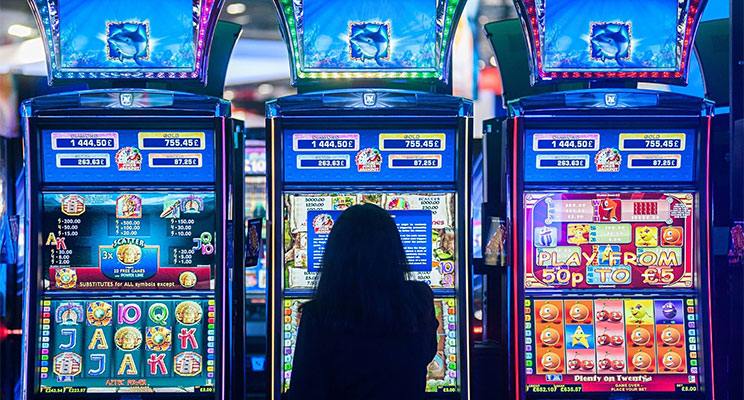Restaurants face the constant challenge of the desire of diners for instant gratification, a personalized experience, and variety. All while trying to stay ahead of the competition. Good restaurant owners want patrons to enjoy their experience, spend as much as possible, and keep coming back.
Casinos want you to spend every last penny and come back for more. Is there something restaurants can learn from how casinos influence human behavior? Restaurant owners would certainly increase their profits if they could get customers to make more impulsive decisions.
Study shows sensory cues influence behavior
Interesting research from UBC Psychology suggests that sensory features in casinos may directly influence a player’s decisions and make risky behavior more likely. Researchers found that rats took more risks in an earlier study when their food rewards came with exciting jingles and blinking lights.
The new study involved testing over 100 adults by having them play gambling games. Researchers found that sensory feedback modeled after the sounds used to signal to win at the slot machines influenced their decision-making.
The senior author of the study, Catharine Winstanley, a professor of psychology, said they also noticed that the participants’ pupils were more dilated. And this suggests that they were more engaged when winning outcomes came with sensory cues. Without these cues, participants were more restrained.
Restaurants and casinos have similarities
Restaurants are adept at creating the right kind of environment for diners to enjoy their dining experience. They set the mood right from the start, whether a cashier in a quick-service restaurant greets them and takes their order or diners are greeted by a host and directed to a table.
Playing the right soundtrack matters, and experts have found that playing classical music in the background tends to make diners feel more affluent. So, they will order what looks good rather than what fits their budget. For a quick-service restaurant, careful thought goes into designing the digital menu board to influence customers to purchase high-margin products and combos. You can read more on making a menu persuasive with our guide on How to Design a Digital Menu Board.
Casinos are designed to make players forget about any other commitments because they want to win. All around are happy sounds and jingles to indicate that others are winning. Patrons are made to feel that they are always close to that big win.
Decrease perceived wait time
Digital signage is transforming the landscape in restaurants for various reasons. And it offers restaurant owners many benefits, from keeping menu items up-to-date to saving on costs.
It also decreases the perception of the time diners have to wait and gives the impression of faster restaurant lines. Instead of diners staring at their cell phones while waiting for coffee, restaurants could use digital signage. So they can show customers where the coffee beans come from and what makes a particular roast special.
If the restaurant supports local farmers, restaurant owners could tell diners a good story about how local produce is grown. They won’t even notice they’ve been waiting for their drinks for more than ten minutes. Restaurants could also show testimonials from their social media networks.
“Intelligent” digital menu boards
Every detail in a restaurant, from how the prices are listed on the menu, has to give the right cues to customers. If they receive these sensory cues, it helps them enjoy the experience, and in the process, they are more inclined to part with more money.
Digital menu boards can improve both cross-selling and upselling by using a good digital menu board design. You can persuade customers to go for more expensive items on the menu or buy a totally different promotional item.
With digital menu boards, restaurants can always show up-to-date information. In an instant, they can hide items out of stock, and show promotional content. Furthermore, they can even switch featured items according to the time of day.
Dynamic content
Dynamic content such as rotating images and a countdown function are good ways to build anticipation. Just as patrons in a casino are always anticipating a win, restaurant owners could build anticipation to introduce new menu items, etc. They could show specials for higher-margin products, such as desserts, while people are dining.
Conclusion
Restaurants need to use sensory cues to behavior to provide their diners with an experience that delights and surprises them. What restaurants can learn from casinos is that they do not leave anything up to chance in their efforts to keep players spending money and returning time after time. Using digital signage can help restaurants to influence customer behavior similarly. For example, making them more inclined to forget about the budget and try that enticing new menu item. It offers flexibility that isn’t available with other forms of marketing.




